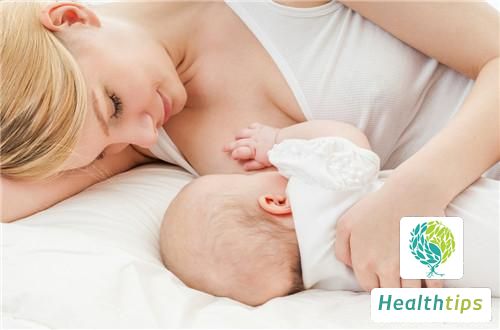Should a Uterine Curettage Be Performed if Bleeding Persists After Removal of an IUD?
Management of Bleeding After IUD Removal

Persistent vaginal bleeding after IUD removal is mainly seen in the following situations:
1. Embedded IUD: If the removal process is difficult, it may damage the uterine wall or cervical canal, leading to bleeding. Curettage is not required in this case, but antibiotic and hemostatic treatment are necessary.
2. Smooth Removal Process with Persistent Bleeding: In this case, curettage may be necessary. The purpose of curettage is mainly for diagnosis and hemostasis. The scraped tissue should be routinely sent for examination. During curettage, it is essential to scrape the entire uterine cavity, paying attention to the size and shape of the cavity, as well as the smoothness of the uterine wall. The scraped material and quantity should be routinely sent for histological examination. Pathological changes in the endometrium commonly include endometrial hyperplasia, including simple hyperplasia, complex hyperplasia, atypical hyperplasia, proliferative endometrium, and atrophic endometrium.
Precautions After IUD Removal
1. Cleanliness: It is important to maintain cleanliness in the genital area after IUD removal. It is recommended to use warm water for daily cleaning and avoid using cold water to prevent catching a cold. Additionally, frequently changing underwear is essential to maintain a clean and hygienic environment.
2. Avoid Sexual Activity for Two Weeks: It is advisable to refrain from sexual activity for two weeks after IUD removal to prevent excessive bleeding. Showering is preferred over bathing to avoid compromising the recovery process and overall health.
3. Dietary Considerations: A bland diet should be adhered to, avoiding spicy and irritating foods. Foods rich in protein, such as eggs and milk, as well as blood-enriching foods, can be included in the diet to promote faster recovery.
4. Rest: Adequate rest and sufficient sleep are crucial after IUD removal. This helps the body adapt to the changes in the uterus and promotes overall health.
5. Blood Supplementation: Since bleeding may occur after IUD removal, it is important to replenish lost blood. Foods like dates and goji berries can help with blood supplementation and promote recovery.
6. Avoid Strenuous Exercise: Avoiding vigorous exercise after IUD removal is advisable to prevent adverse stimulation to the genital area and exacerbation of bleeding. Rest and recuperation are essential, and normal activities can be resumed gradually after a week or two.
It is important to follow these precautions after IUD removal to prevent bleeding complications and maintain good health. Additionally, any adverse reactions or concerns should be addressed immediately by seeking medical attention.



















